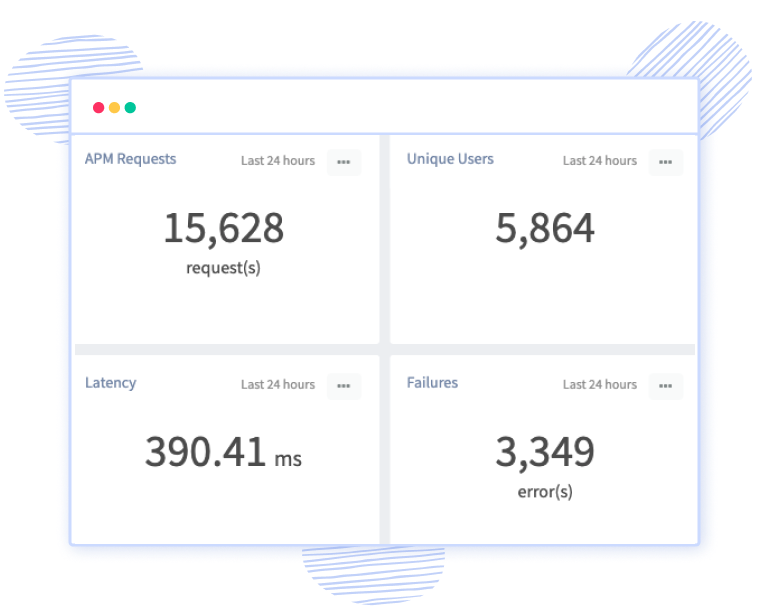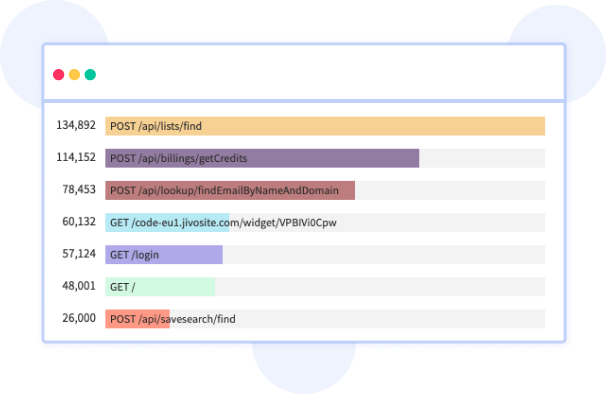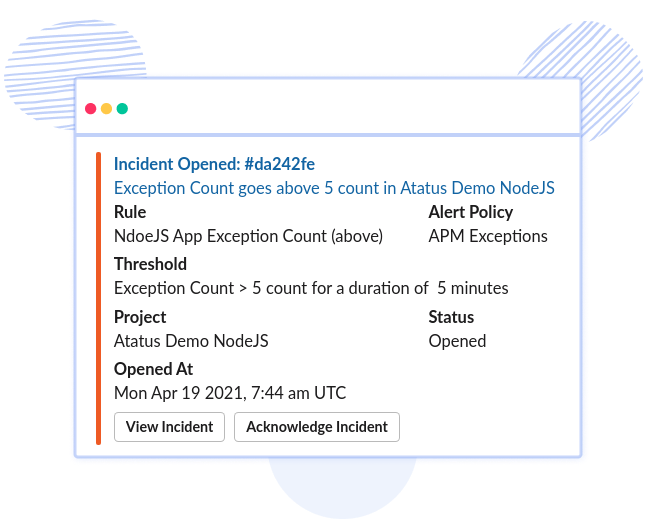
API Analytics
Boost your company's bottom line by constantly monitoring your REST APIs and resolving issues before they hinder your end users. Comprehend your product, users, and security, and gain insights by monitoring APIs. Keep track of all the instances and endpoints that your API gateway serves.
Perceive how and where your endpoints are being used, and who is using them.

Access APIs with full control
Understand how your API data is being used and who is using it at a glance and identify the problem areas of each API call in real-time.
Monitor key usage metrics across APIs, methods, status codes, etc., to better understand your users' interactions with your API products.

Ensure API functionality
API analytics helps you to ensure how well your APIs are performing and provides you with in-depth API metrics.
Consumer requirements can be better understood, engagement can be improved, and satisfaction can be increased by taking advantage of those macro trends.

Comply with security and quality standards
The design styles and policy conformance guidelines for APIs built across multiple teams may differ.
Non-conforming APIs can be tracked and alerted to relevant development teams using an aggregate view of policy violations.

Verify API payload data
Assess the response data for each API call and ensure that the right data is being sent through the payload.
Set alerts based on the threshold values such as error count, throughput, response time, DB calls, external calls, and so on to indicate the API failure to your team.
Get a complete picture of your application performance
Atatus makes application monitoring easier with actionable insights, so you can isolate and resolve application performance issues holistically.
A comprehensive view of the behavior, performance, and health of your application and support infrastructure through high-fidelity telemetry.
Get a unified view of your application performance with one platform to fix issues faster with one connected experience.
Track your frontend performance and errors by adding just two lines of code. Get immediate insight into your users' pain points.
Extract rich resource KPIs with the least overhead on your application services, which does not impact the performance.

Make your stack trace errors readable with source maps. Un-minifying JavaScript to view the original source code. Debug minified code from production.

Filter Bots, Domains, IPs, and User Agents to gain actionable insights from the real data that matters to your business.
Integrate your Atatus issues with various project management platforms. Jira, Asana, BugHerd, GitHub, and GitLab are all supported.
Monitor your applications automatically for increased response times, API failures, and error rates. Receive notifications via Slack, Teams, Email, PagerDuty, etc.
Custom and expand your data driving without any restriction to make dive deeper into the insights that innovate you.
Frequently Asked Questions
- You get to allow data to be integrated across different platforms
- Data is available and accessible.
- APIs ensure that your product or service is effortless from beginning to end.
Deep API Intelligence
Fuel up your business bottom-line by continuously monitoring your REST APIs and resolving the issues before affecting your end-users with our API Analytics.